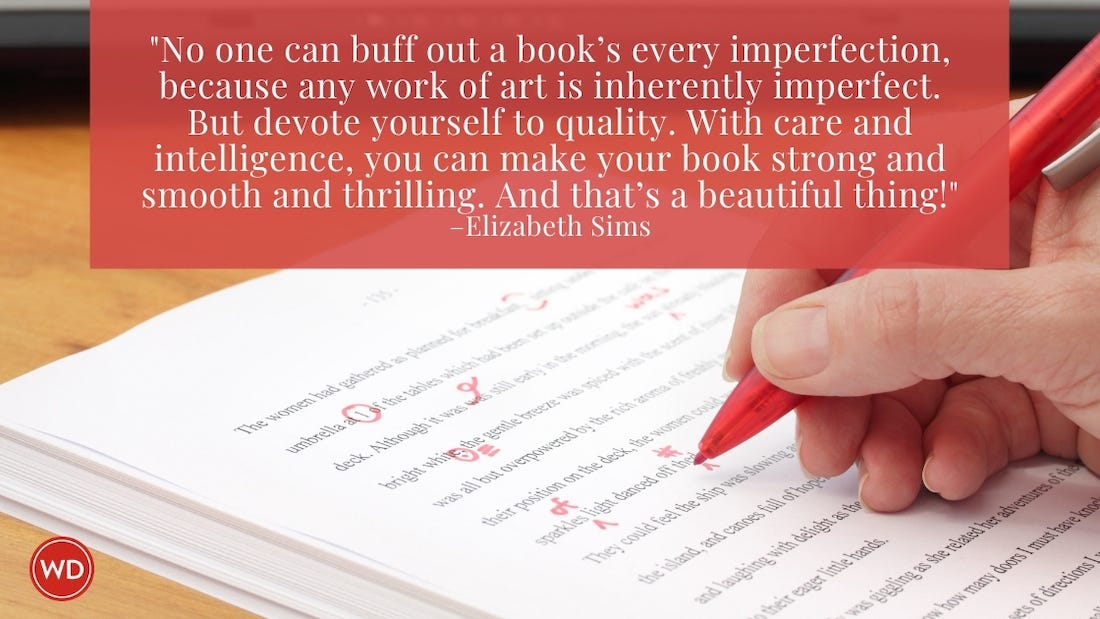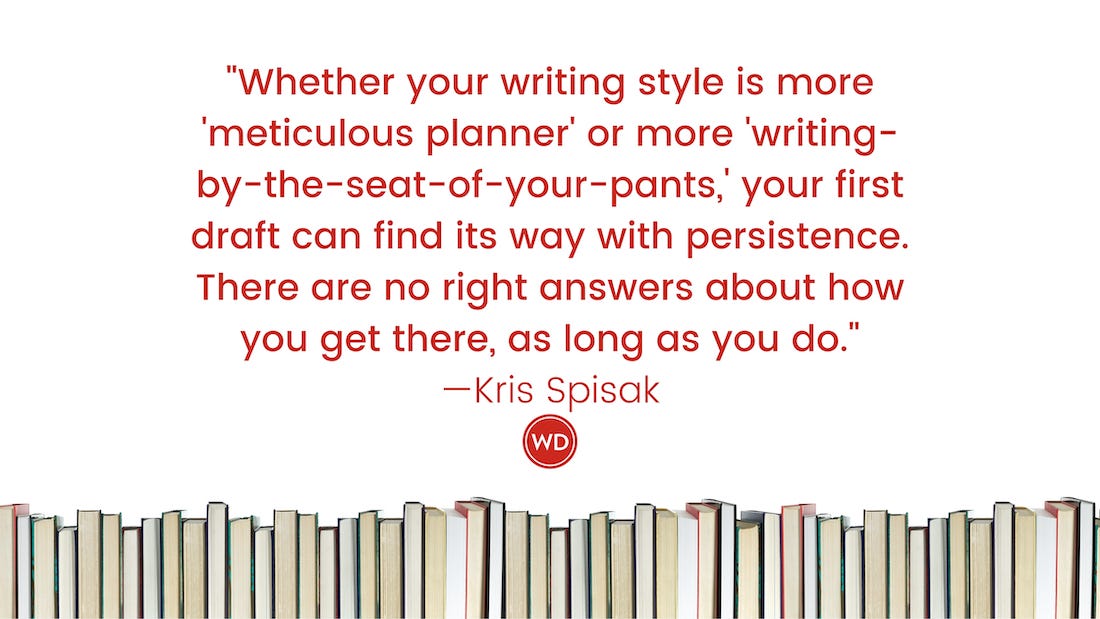WGF: Revision & Self-Editing
From the Write Great Fiction series, Revision & Self-Editing offers techniques for transforming your first draft into a finished novel.
Write Great Fiction: Revision and Self-Editing
Techniques for transforming your first draft into a finished novel
by James Scott Bell
Writer's Digest Books, 2008
ISBN 978-158297-508-5
$16.99 paperback, 272 pages
Read an Excerpt!
In this excerpt from chapter fifteen, discover why it's so important to do a careful first read-through of your manuscript before you start the revising and editing.
Online Exclusive: Q&A With Author James Scott Bell
Find out why Christy Award-winning author James Scott Bell thinks setting a personal writing quota is so important, and much more.
You've Got a First Draft. Now What?
In Write Great Fiction: Revision & Self-Editing, James Scott Bell draws on his experience as a novelist and instructor to provide specific revision tips geared toward the first read-through, as well as targeted self-editing instruction focusing on the individual elements of a novel like plot, structure, characters, theme, voice, style, setting, and endings. You’ll learn how to:
- Write a cleaner first draft right out of the gate using Bell’s plotting principles
- Get the most out of revision and self-editing techniques by honing your skills with detailed exercises
- Systematically revise a completed draft using the ultimate revision checklist that talks you through the core story elements
Whether you’re in the process of writing a novel, have a finished draft you don’t know what to do with, or have a rejected manuscript you don’t know how to fix, Revision & Self-Editing gives you the guidance you need to write and revise like a pro.
About the Author
James Scott Bell is a best-selling novelist (Try Dying, Presumed Guilty) and the author of Write Great Fiction: Plot & Structure (Writer’s Digest Books). He lives and writes in Los Angeles. For more information, visit his Web site at www.jamesscottbell.com.
Table of Contents
Introduction: On Becoming a Writer
Part One: Self-Editing
Chapter 1: A Philosophy of Self-Editing
Chapter 2: Characters
Chapter 3: Plot & Structure
Chapter 4: Point of View
Chapter 5: Scenes
Chapter 6: Dialogue
Chapter 7: Beginnings, Middles & Ends
Chapter 8: Show vs. Tell
Chapter 9: Voice & Style
Chapter 10: Setting & Description
Chapter 11: Exposition
Chapter 12: Theme
Part Two: Revision
Chapter 13: A Philosophy of Revision
Chapter 14: Before You Revise
Chapter 15: The First Read-Through
Chapter 16: The Ultimate Revision Checklist
Character
Plot
The Opening
Middles
Endings
Scenes
Exposition
Voice, Style & Point of View
Setting & Description
Dialogue
Theme
The Polish
Epilogue: The Trick That Cannot Be Explained
Appendix: Exercise Answers









